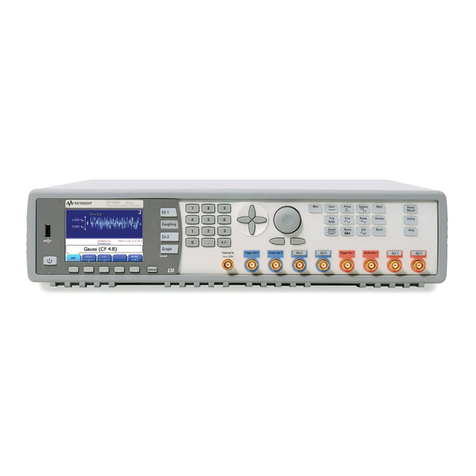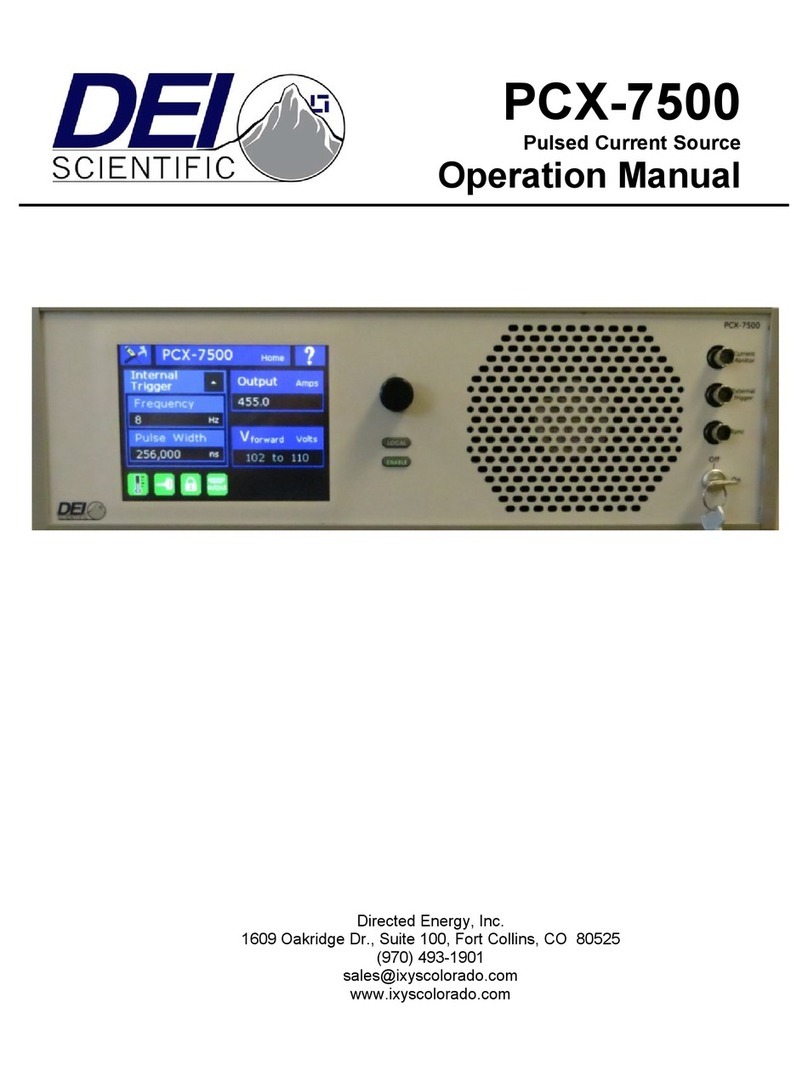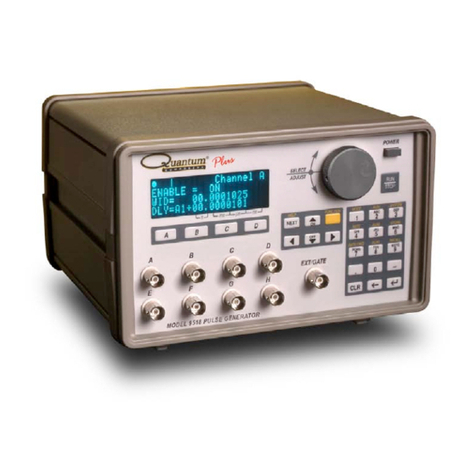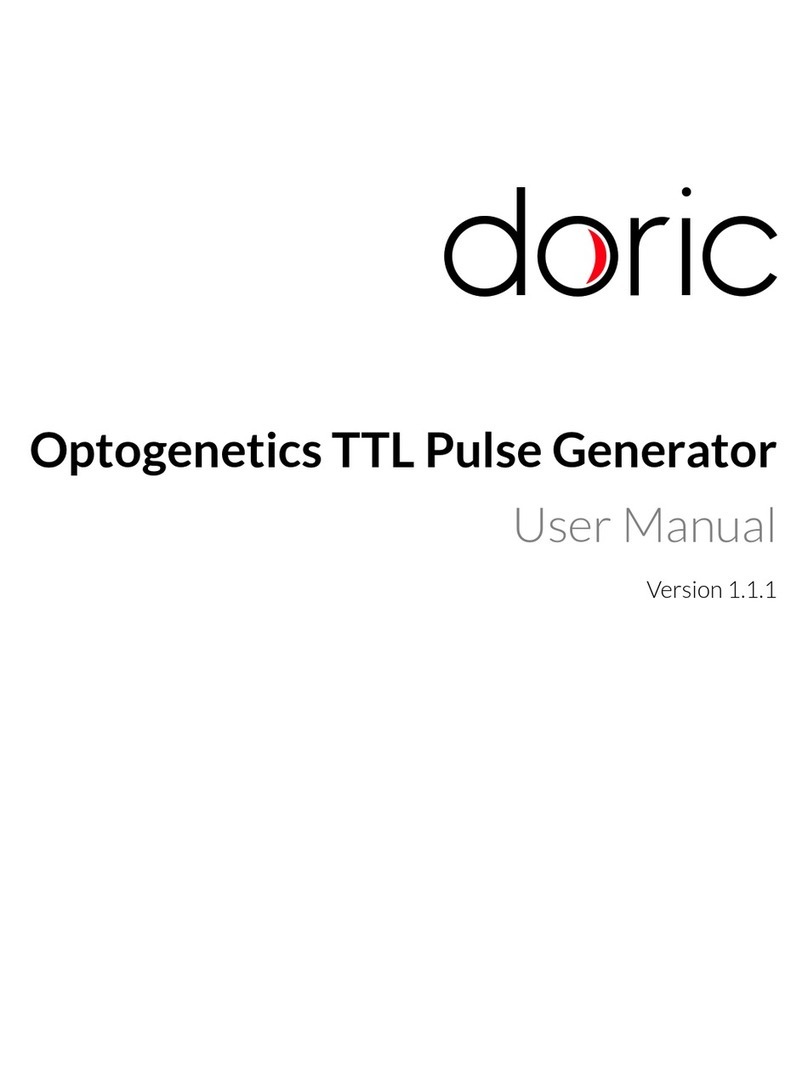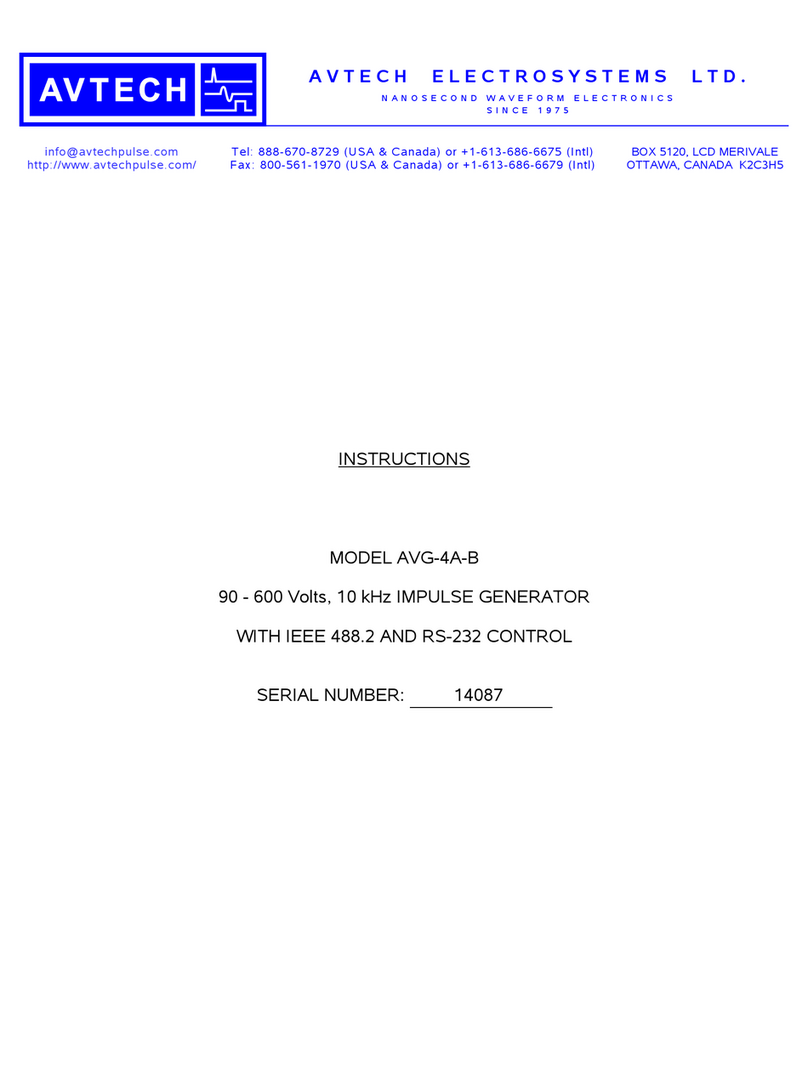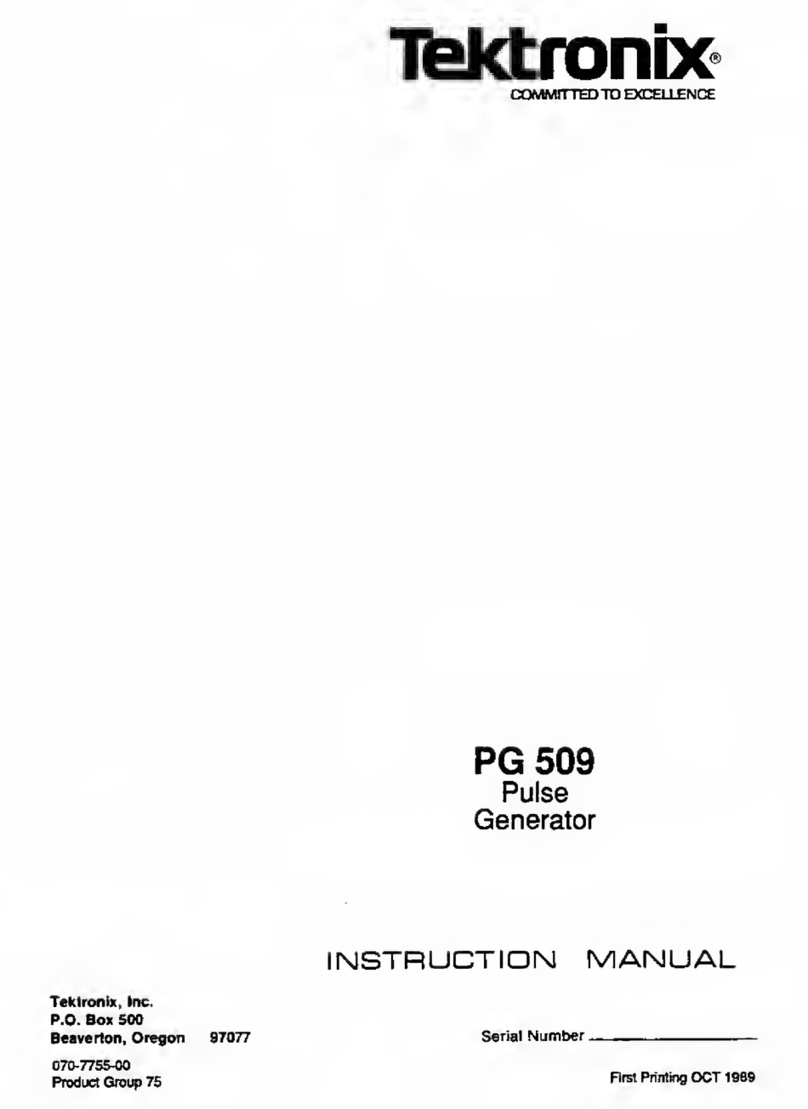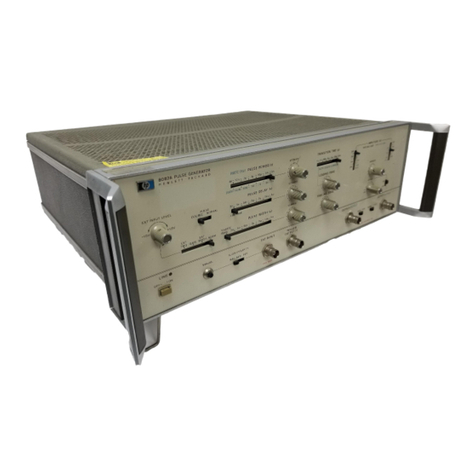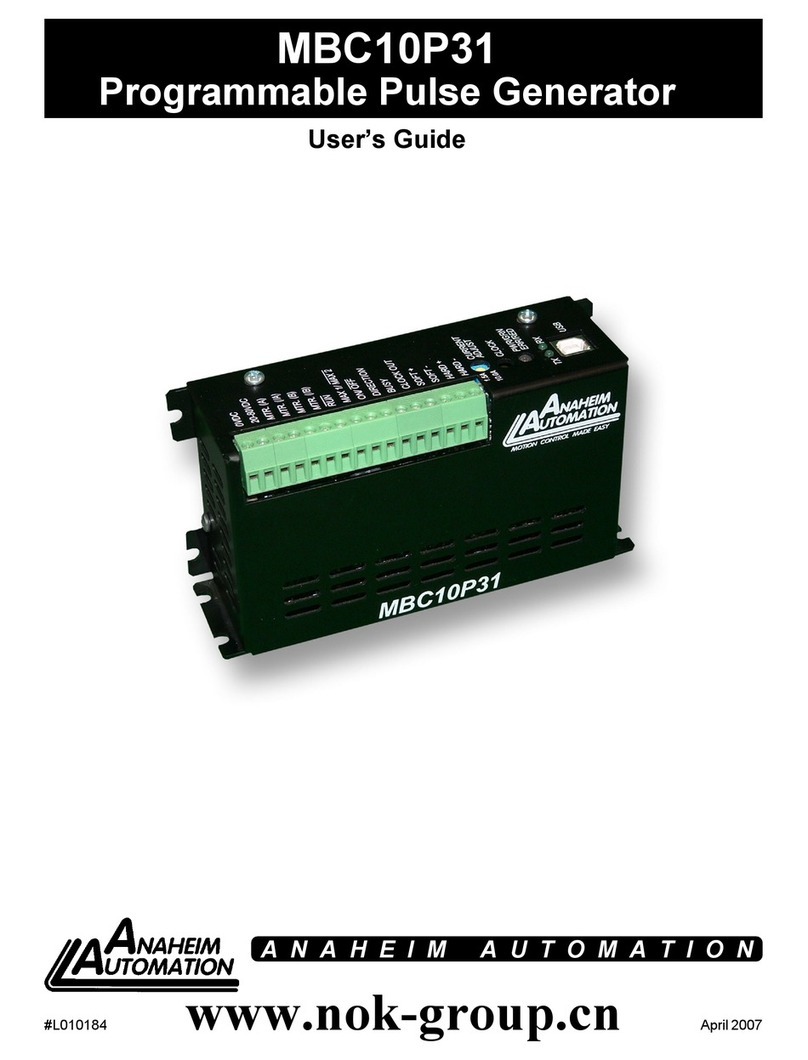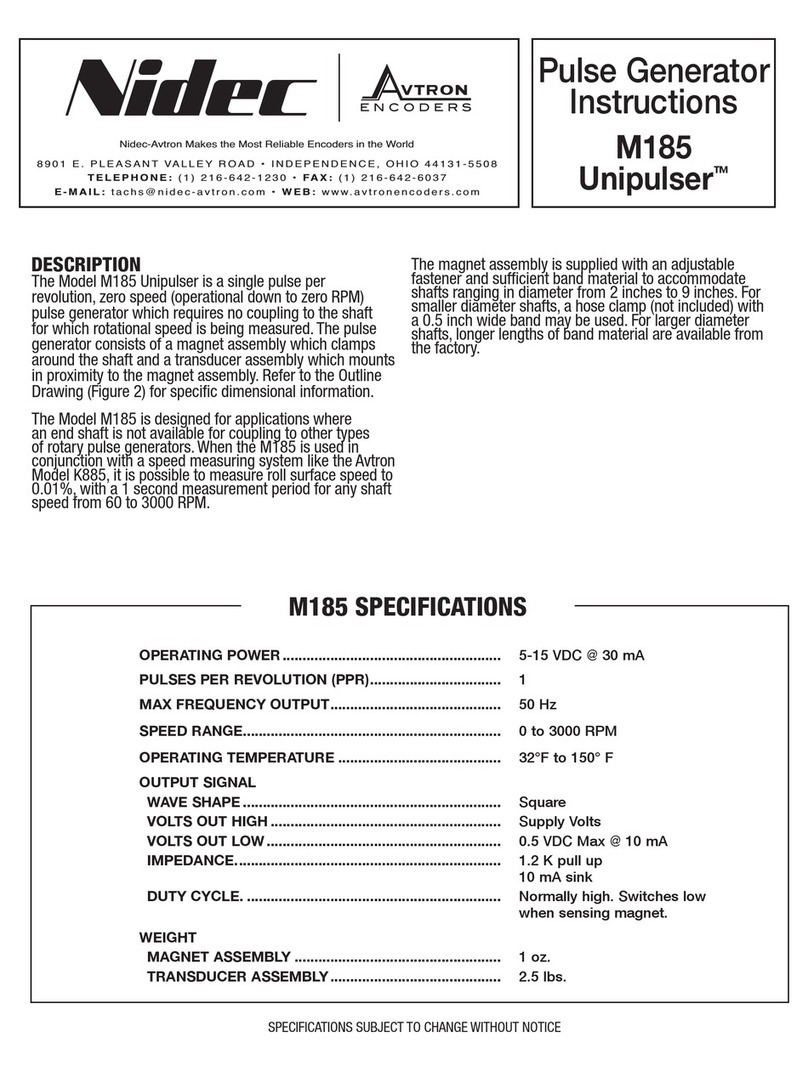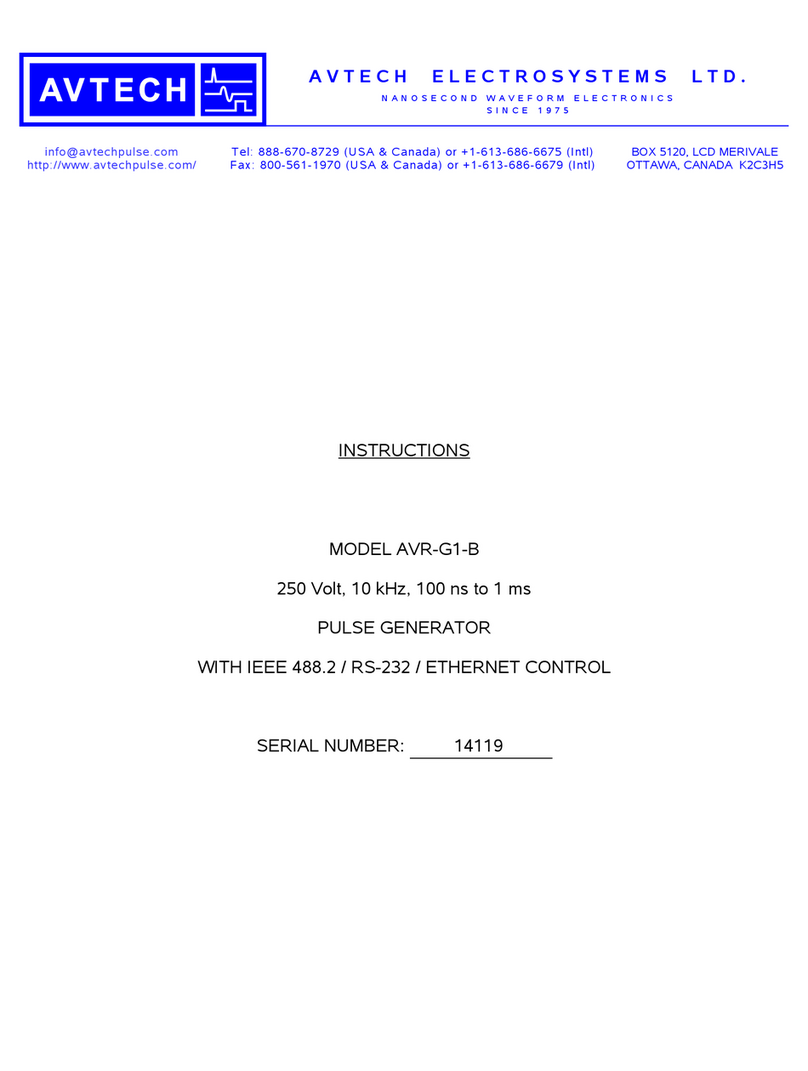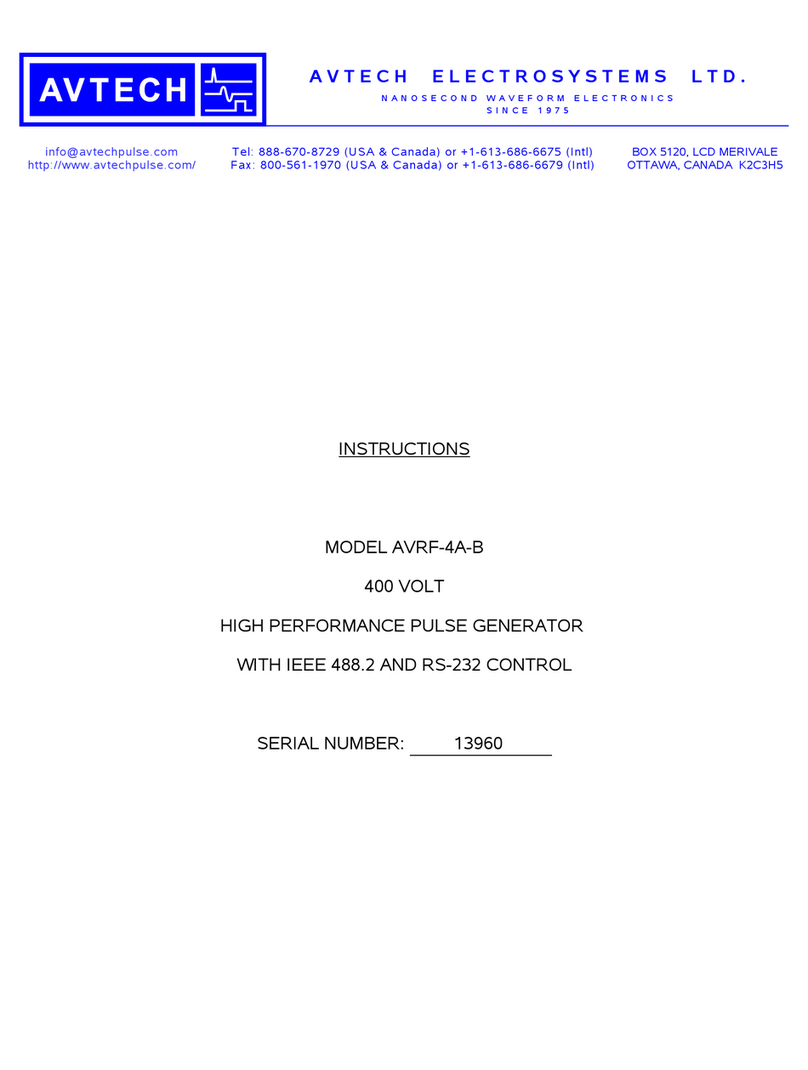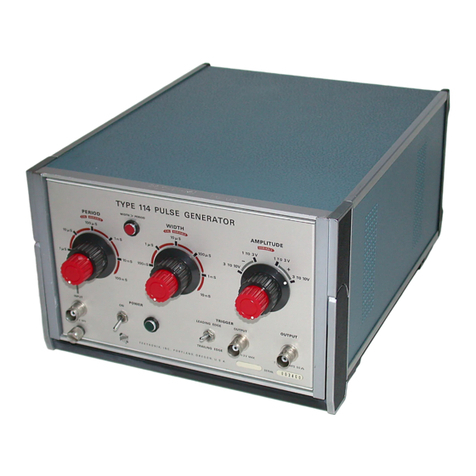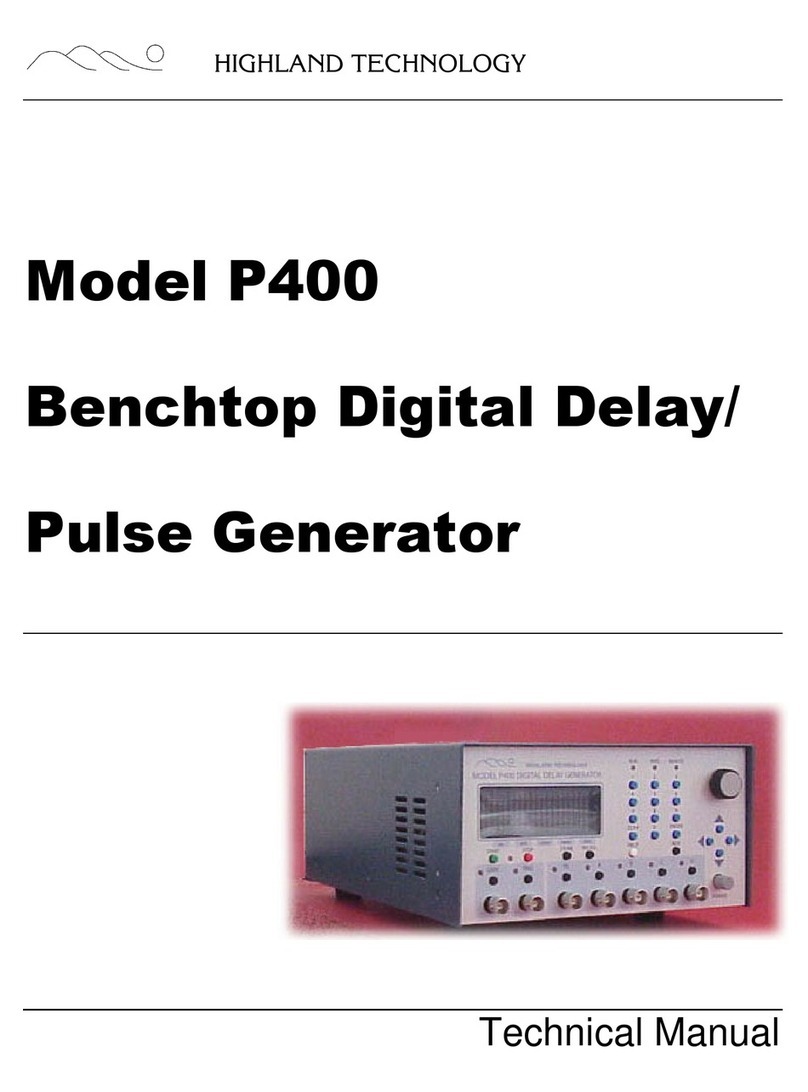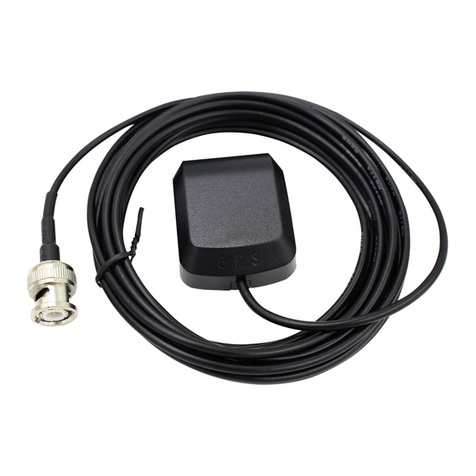
5.6.6 Hopping Frequency..................................................................................45
5.7 2PSK.................................................................................................................. 46
5.7.1 Select 2PSK Modulation.......................................................................... 46
5.7.2 Carrier Waveform Shape .........................................................................46
5.7.3 Carrier Phase........................................................................................... 46
5.7.4 Modulating Waveform Source..................................................................46
5.7.5 2PSK Rate...............................................................................................47
5.7.6 Modulating Phase....................................................................................47
5.8 BPSK ................................................................................................................. 48
5.8.1 Select BPSK Modulation.......................................................................... 48
5.8.2 Carrier Waveform Shape .........................................................................48
5.8.3 Carrier Phase........................................................................................... 48
5.8.4 Modulating Waveform Source..................................................................48
5.8.5 BPSK Rate............................................................................................... 48
5.8.6 Modulating Phase....................................................................................49
5.9 QPSK Modulation ..............................................................................................49
5.9.1 Select QPSK Modulation .........................................................................49
5.9.2 Carrier Waveform Shape .........................................................................49
5.9.3 Carrier Phase........................................................................................... 49
5.9.4 Modulating Waveform Source..................................................................49
5.9.5 QPSK Rate..............................................................................................50
5.9.6 Modulating Phase....................................................................................50
5.10 3FSK Modulation ............................................................................................. 50
5.10.1 Select 3FSK Modulation ........................................................................ 50
5.10.2 Carrier Waveform Shape .......................................................................50
5.10.3 Carrier Frequency.................................................................................. 50
5.10.4 Modulating Waveform Source................................................................51
5.10.5 3FSK Rate.............................................................................................51
5.10.6 Hopping Frequency................................................................................ 51
5.11 4FSK Modulation..............................................................................................51
5.11.1 Select 4FSK Modulation......................................................................... 51
5.11.2 Carrier Waveform Shape........................................................................52
5.11.3 Carrier Frequency..................................................................................52
5.11.4 Modulating Waveform Source................................................................52
5.11.5 4FSK Rate .............................................................................................52
5.11.6 Hopping Frequency................................................................................52
5.12 OSK Modulation...............................................................................................53
5.12.1 Select OSK Modulation..........................................................................53
5.12.2 Carrier Waveform Shape .......................................................................53
5.12.3 Carrier Frequency.................................................................................. 54
5.12.4 Modulating Waveform Source................................................................54
5.12.5 OSK Rate...............................................................................................54
5.12.6 Oscillate Period......................................................................................54
5.13 PWM................................................................................................................55
